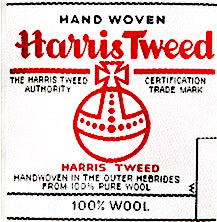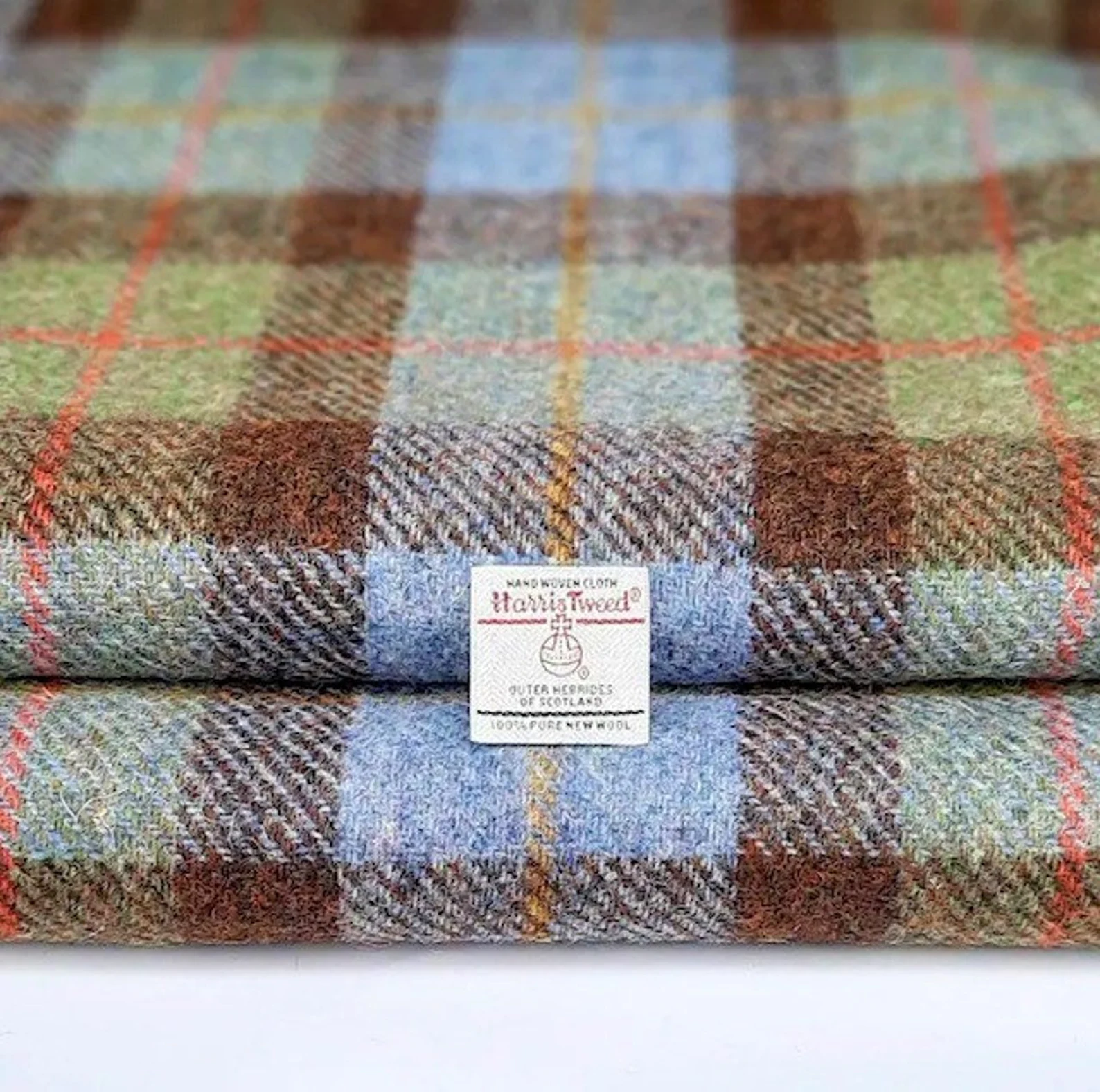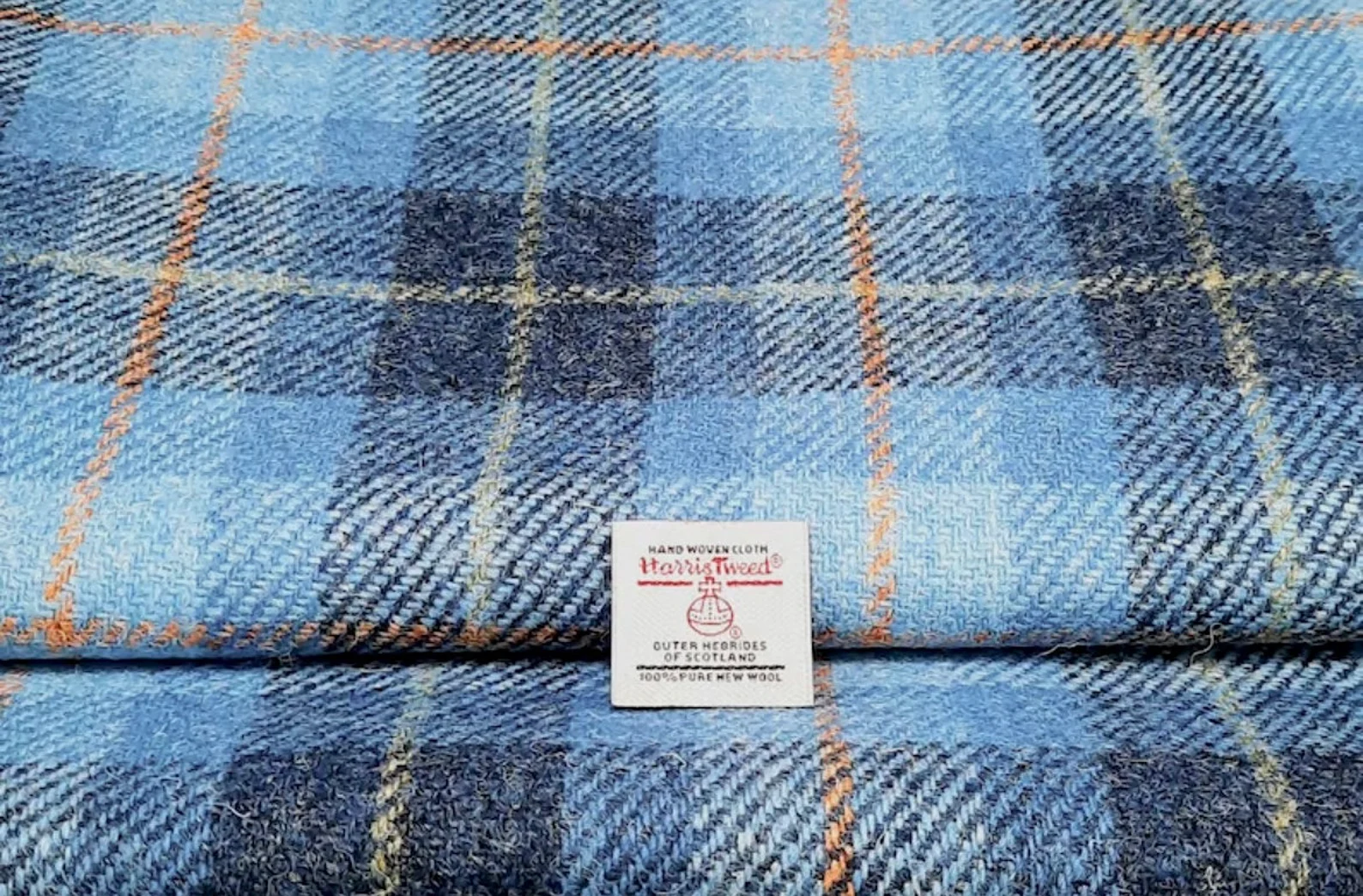About the Tweed
- pioneercreektradin
- Mar 11, 2024
- 1 min read
When I first started looking into Harris Tweed I was fascinated with all the different tartans, dogs tooth (hounds tooth is what I grew up calling it) and herringbones. I wondered about the significance of the tartans and colors. Did certain types of tweed belong to certain clans or could everyone wear them and was there symbolism in the colors?
The clò-mòr (big cloth) was woven by hand for centuries by the islanders of Harris and Lewis. It was created for personal and practical uses to ward against the cold Scottish weather. It was used as currency among islanders, and by the 18th century had become a staple of industry. As the industrial revolution reached Scotland some weavers developed mechanized methods, while the Outer Hebrides retained their traditional processes. Traditional island tweed is characterized by flecks of color used from natural dyes including lichen.
The Harris tweed industry grew over time reaching a peak production figure of 7.6 million yards in 1966.
While Scottish tweed does share some characteristics of its more famous cousin the tartan they are two distinct modern fabrics that can be easily distinguished. Tartans are older than tweeds and while tartans are typically tied to clan history, tweeds are associated with estates and modern sportswear. They both can be brightly colored and are both rich in history.
While we carry a few select fabrics there are dozens of brightly colored tweeds that show off the craftsmanship native to Scotland. When purchasing Harris Tweed be sure to look for the Harris Tweed Orb Mark. The Orb is the United Kingdom’s oldest certification mark and is recognized all over the world.






Comments